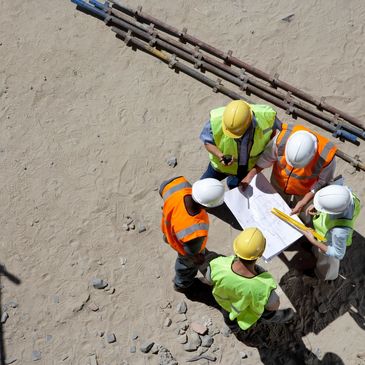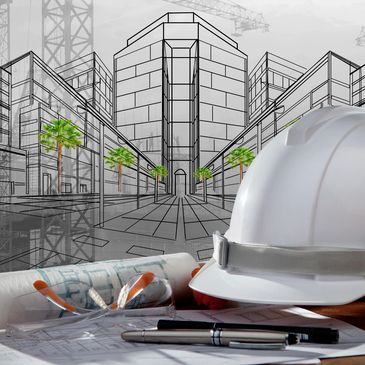Become an Expert
Drones
Fabrication
Software
Drones for Site Inspections and Surveys: These can drastically cut down time and labor needed for surveys, making it easier to get real-time updates on project progress and site conditions.
Software
Fabrication
Software
Project Management Software with Real-Time Tracking: Integrating this with AI could help predict project delays, allocate resources dynamically, and improve communication across teams. Some platforms even use sensors to monitor equipment usage and prevent downtime.
Fabrication
Fabrication
Fabrication
3D Printing for Rapid Prototyping and Pre-Fabrication: This can be used for custom parts or even full structures, potentially speeding up the building process and reducing material waste.

AR/VR
Robotics
Fabrication
AR/VR for Training and On-Site Guidance: This could help with training workers or visualizing complex structures on-site, minimizing errors and rework.

Robotics
Robotics
Robotics
Automated Machinery & Robotics: Robotic machinery—like bricklaying robots, concrete-laying drones, or autonomous excavation vehicles—can speed up repetitive tasks and reduce the need for large crews on-site. These machines can operate with precision, reducing errors and potentially allowing projects to progress 24/7 with less human fatigue.

Io-T
Robotics
Robotics
IoT-Enabled Sensors and Wearables: Sensors embedded in equipment and materials (like concrete or structural beams) can provide continuous feedback on things like material integrity, worker location, equipment usage, or environmental factors like temperature and humidity. Wearables with sensors can also monitor worker safety, helping redu
IoT-Enabled Sensors and Wearables: Sensors embedded in equipment and materials (like concrete or structural beams) can provide continuous feedback on things like material integrity, worker location, equipment usage, or environmental factors like temperature and humidity. Wearables with sensors can also monitor worker safety, helping reduce accidents and keep projects on schedule by minimizing delays due to incidents.

Supply Chain
Modular and Off-Site
Modular and Off-Site
Blockchain for Transparent Supply Chains: Construction projects often face delays due to supply chain issues. A blockchain-based solution could help by making material tracking and procurement transparent, reducing disputes with suppliers, tracking material origins (important for sustainability), and ensuring timely deliveries with smart contracts.

Modular and Off-Site
Modular and Off-Site
Modular and Off-Site
Modular and Off-Site Construction: Building structures off-site and assembling them on location has been shown to cut down project times significantly. Combining modular construction with advanced logistics and tracking software can keep the assembly process smooth, efficient, and less dependent on site conditions.

AI Design
Modular and Off-Site
AI Design
AI-Powered Design Optimization: AI software that generates optimal structural designs based on constraints (budget, material types, structural requirements) could cut down the time spent in the design phase. Some systems even allow you to simulate different materials and building techniques to find the fastest or most cost-effective solution before you start building.
This website uses cookies.
We use cookies to analyze website traffic and optimize your website experience. By accepting our use of cookies, your data will be aggregated with all other user data.